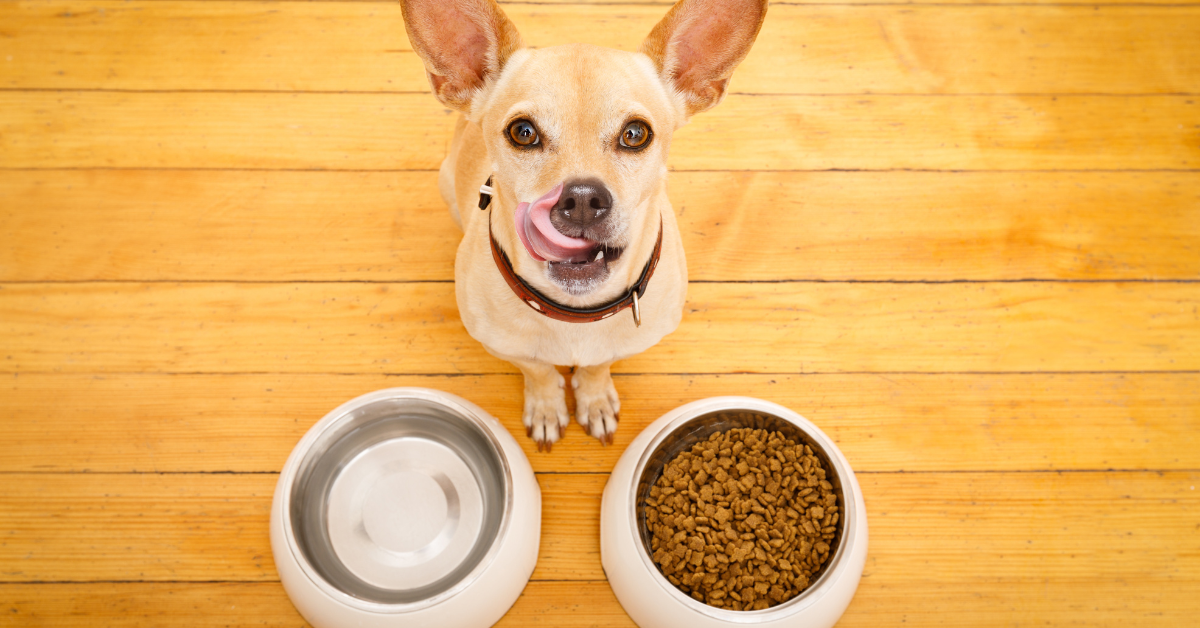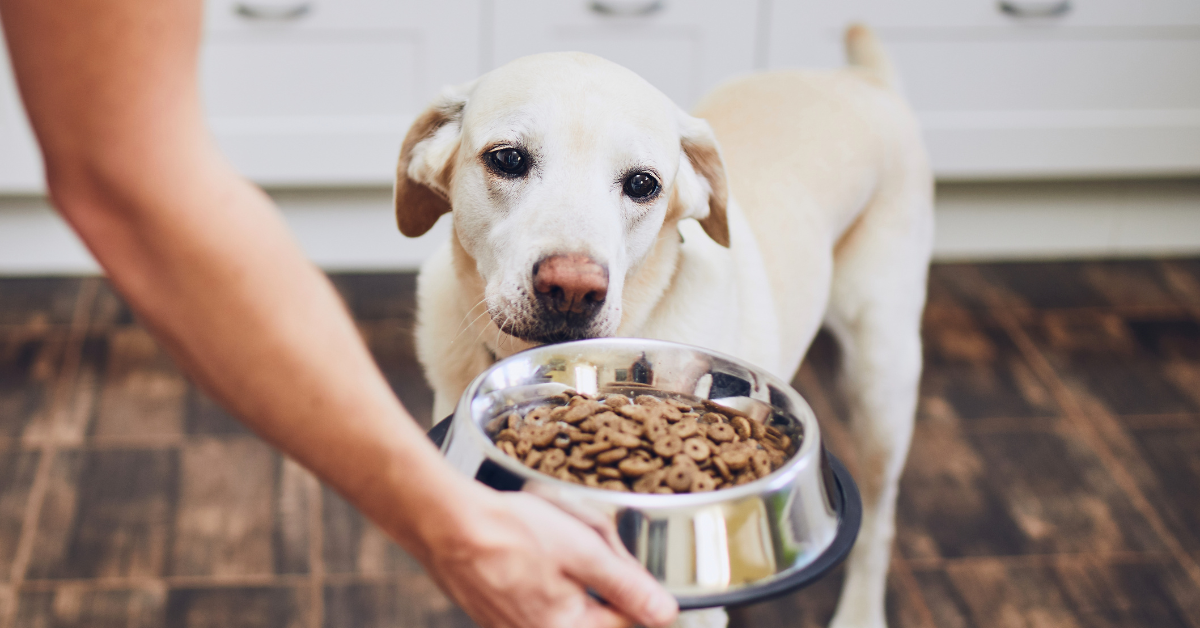This article is provided courtesy of Scoopy Doo NY Dog Waste Removal Service.

Image by Damedeeso
As pet parents we all want our furry best friends to be happy, healthy, and well-fed. Yet, sometimes despite our best intentions, our dogs simply refuse to eat what we give them. This can leave us feeling frustrated, worried, and powerless – after all, it’s not like we can explain to them why they need to eat their veggies! If you are struggling with a finicky eater of your own, fear not, as this is a common issue among pets. From trying out different brands of dog food to supplementing meals with tastier options – there are several things you can do to turn your fussy Fido into a happy and enthusiastic eater.
First rule out any underlying medical conditions
There are various medical issues that can cause dogs to lose interest in their food or refuse to eat, including gastrointestinal problems, dental issues, and allergies. If your dog’s food aversion is accompanied by vomiting, diarrhea or weight loss, it’s highly recommended to visit a veterinarian to identify and treat any underlying medical conditions. Treating these conditions will help to restore your furry friend’s appetite and ensure they are getting all the necessary nutrients to maintain good health.
Try hanging feeding location
If your finicky eater seems to be avoiding his food bowl or other usual feeding locations, it may be time to try a change of scenery. Sometimes, dogs can develop negative associations with certain areas or objects. This could be due to previous feeding experiences or other factors, perhaps even changes in household dynamics or layout. For example, if the food bowl is located in an area that is noisy or stressful for your dog, he may avoid eating as a result. Additionally, if your dog has been fed scraps or table food while sitting at the table with your family, this could lead to him associating the dining area with food, resulting in pickiness when eating out of his bowl. By changing the feeding location, and perhaps even the type of bowl or dish you use, you can help create a positive association with mealtime, and encourage your picky eater to dig in.
Experiment with different textures

Image by chalabalaphotos
Some dogs prefer crunchy kibble while others prefer wet or moist food. Mixing dry kibble with wet food or adding a little bit of water to dry kibble can create a different texture that might appeal to your dog. You can also try baby food or pureed meat mixed into their kibble to create a softer texture. It’s essential to introduce new textures slowly, monitoring your dog’s reactions to them, as sudden changes to their diet can upset their stomachs.
Use food-based rewards
This method involves offering your dog a small, tasty treat after they have finished their meal to reinforce positive behavior. Keep in mind that rewards should be given in moderation and only for desired behaviors. Over-reliance on rewards can lead to unhealthy eating habits or missed opportunities to reinforce good behavior. Choosing the right type of treat for your dog’s specific dietary needs and restrictions is important.
Monitor your dog’s eating habits
Keep a record of when and how much your dog eats – this will help you notice any changes in appetite or behavior. You can also try offering your dog smaller, more frequent meals throughout the day to help stimulate their appetite.
Dealing with a finicky dog can be frustrating, but with a little patience and creativity, it is possible to get your furry friend to eat. Every dog is different, and what works for one might not work for another. With a little trial and error, you can find the right solution for you and your pet.

